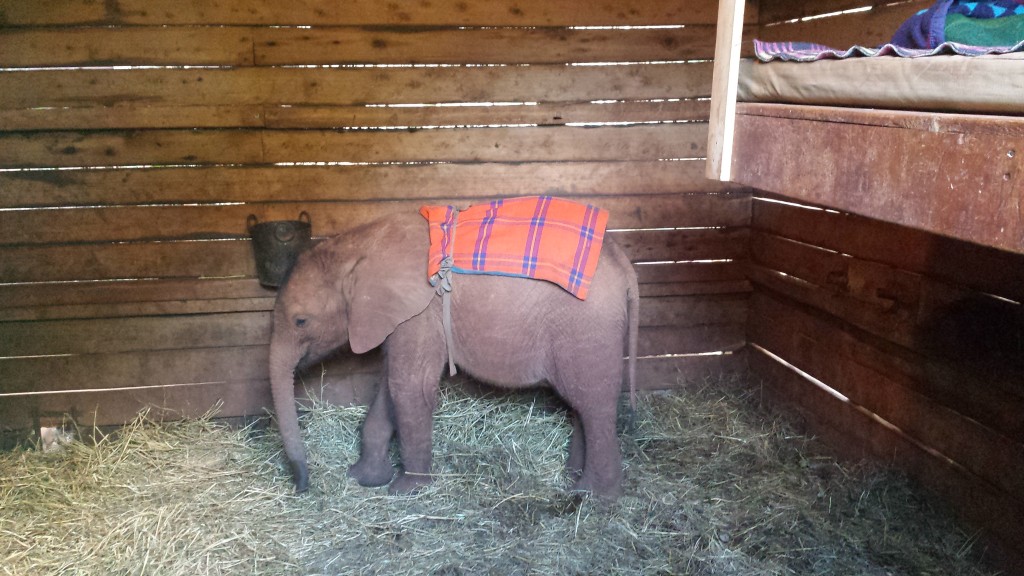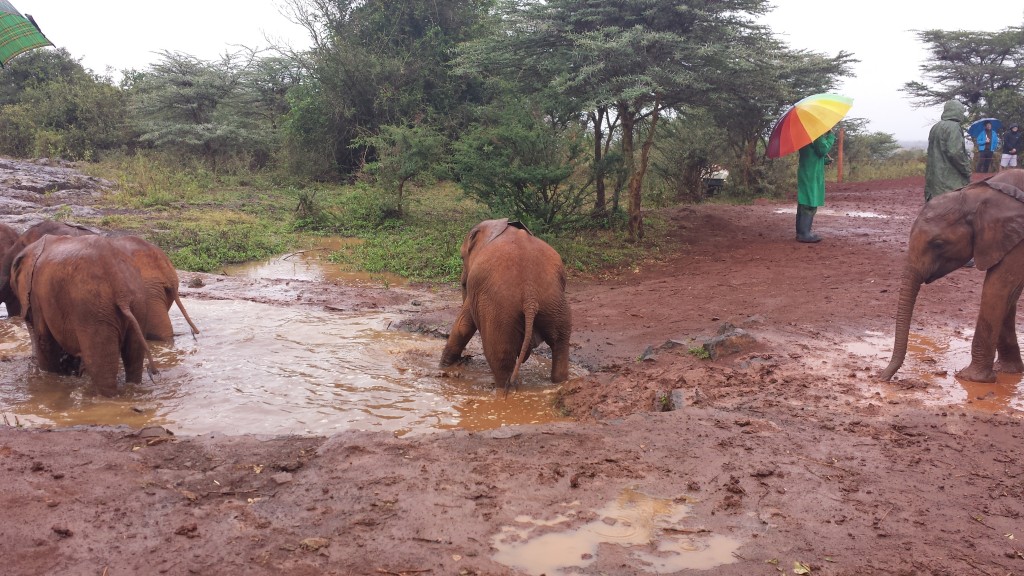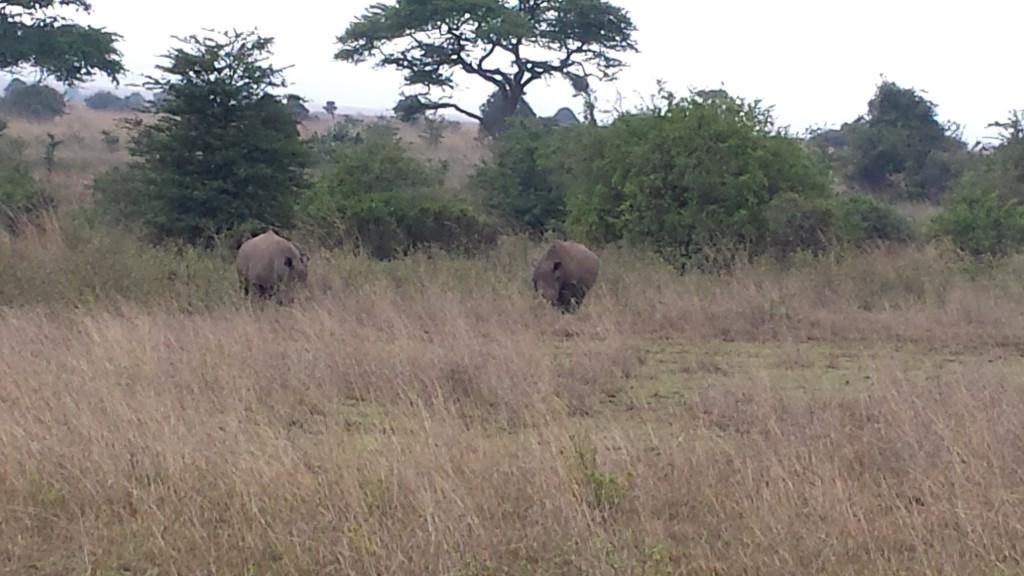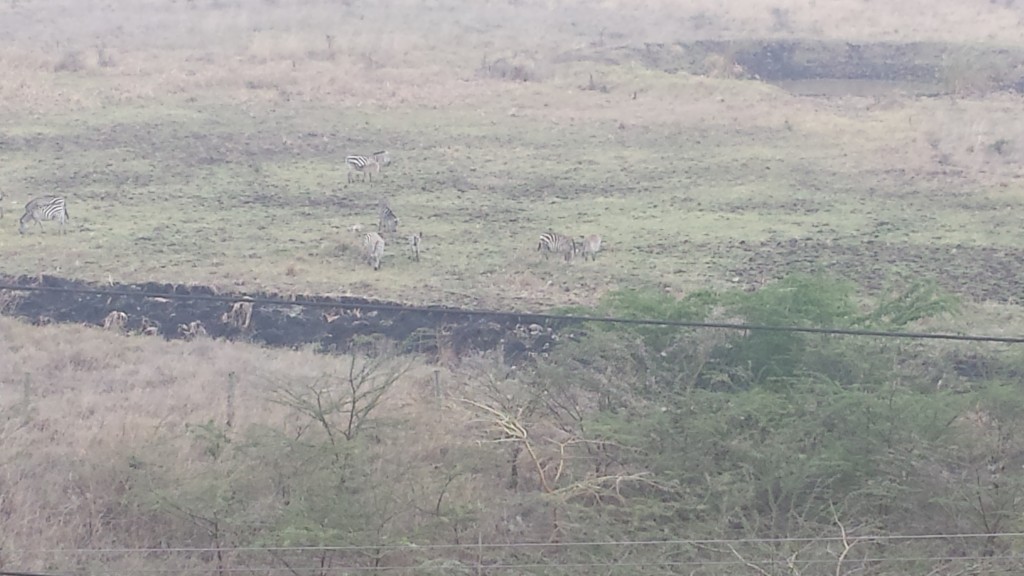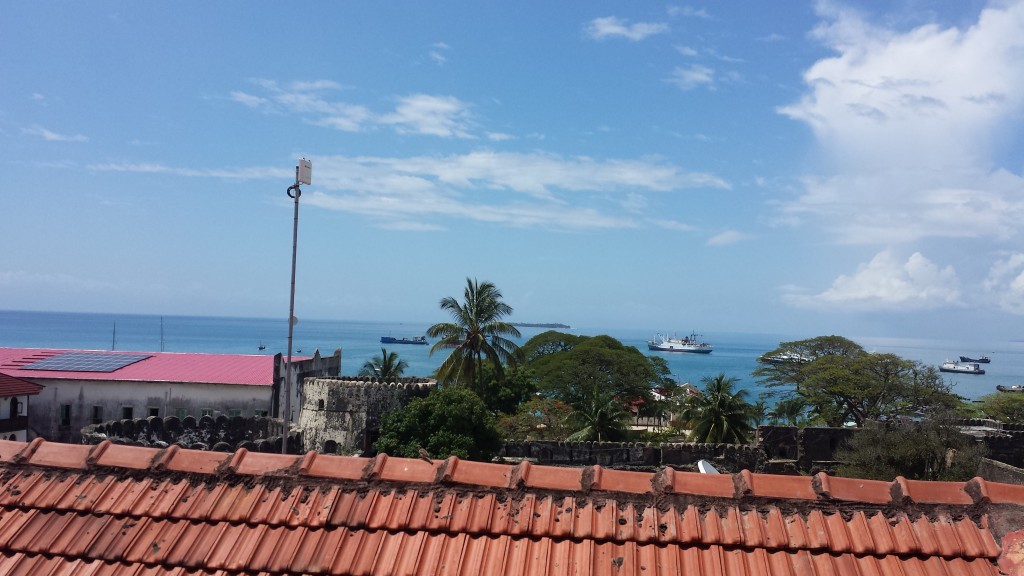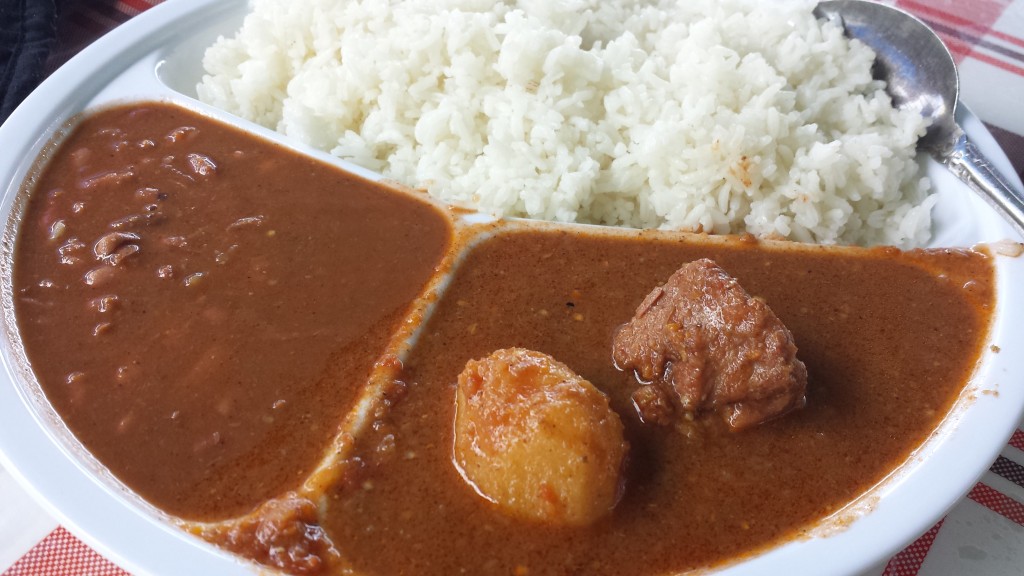Over the last two days, I have had so much fun teaching my classes and doing a training at a local school. For the US Fulbright Scholar grants, different countries have different sets of responsibilities: some are teaching grants, some are research grants, and some countries expect scholars to do both teaching and research. All Tanzanian Fulbright US Scholar grants are both teaching and research grants and I am very happy about this. Because in my regular position as a professor, I do research, teaching, and service, I am happy to have the opportunity to do all three here as well. In terms of service, I hope to have some small role in building the capacity of teachers and teacher educators during my time in Zanzibar.
I am teaching two classes this semester: Teaching Science and Mathematics in Early Childhood Education and Observation and Reflection. Observation and Reflection is similar to a pre-practicum or a field experience class. The students spend some time in the seminar with me and some observing in schools. Of course, several of the students are currently teachers in schools, some at the pre-primary level. Because I have the same 30 students in my two classes, I can link content and really get to know my students.
As part of my science class, I wanted to start the semester focusing on inquiry skills and thinking of ways to incorporate open and focused explorations into lessons. I wanted them thinking about how to teach children the necessary content for exams through fun investigations and explorations. I have been fortunate over the past few years to work with great colleagues who are science educators and who taught me so much about how to design and implement inquiry in STEM (science, technology, engineering, and math). In January, I had a wonderful opportunity to travel to Kenya, Tanzania, and Uganda to explore the state of primary science in these countries and look at where inquiry fit in the current curricula of these countries. I am grateful to Arthur and Marilyn for including me on this journey. Visiting classrooms, watching science, and talking to science teachers during that trip impacted how I designed my class to help find the connection between the content-focused curriculum and inquiry skills and problem solving.

Materials and tested boats
From the beginning, I wanted the students to play and try an exploration just like the children will do. I reviewed some of the units from the African Primary Science Program that we explored as part of our trip to the three East African countries. These units contained some fun activities that used local materials that are cheap or free and easy to obtain. On Friday, I decided to take one of the activities from the Sinking and Floating unit and modify it for preschool age children. The activity was called Boats and Passengers. The students designed and build a boat in groups out of newspaper.
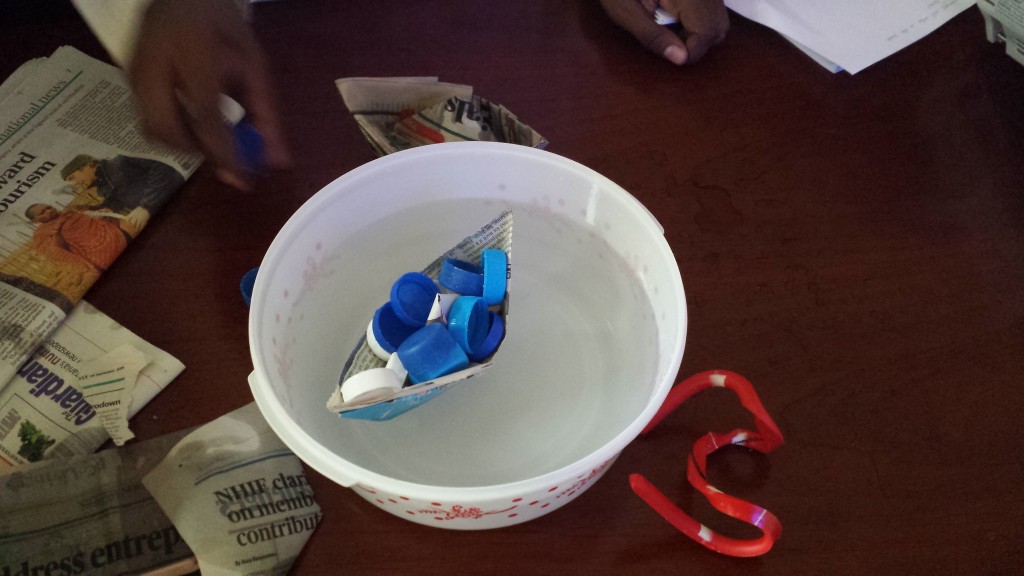
One group’s boat
We then floated the boats in a bowl of water and we added passengers (our bottle caps). In the original activity, they used metal bottle caps which are heavier, but I could only get plastic caps from our water bottles.
Since we needed to add more weight or passengers, but I ran out of bottle caps, so we added the plastic toy I had from a previous activity.
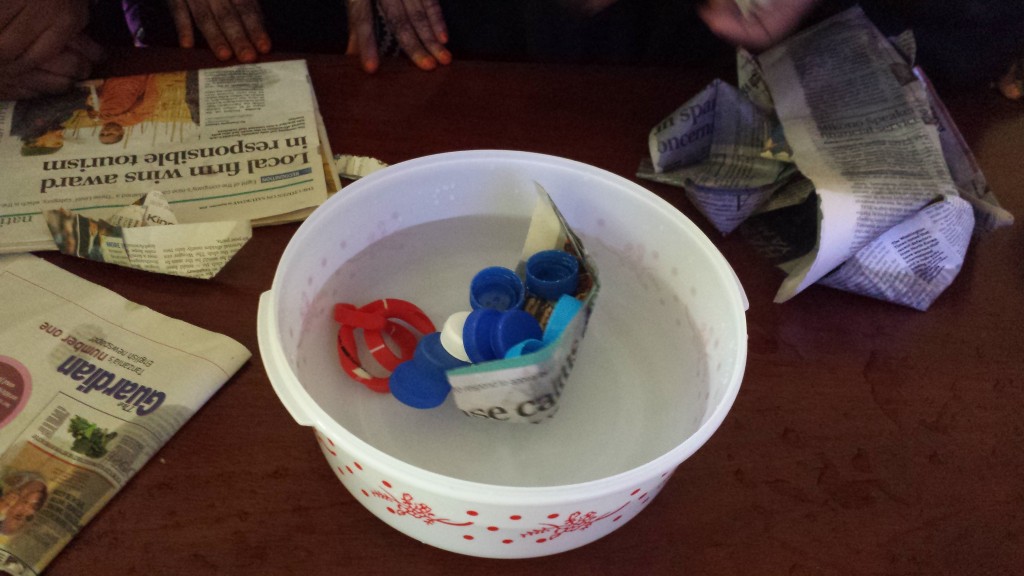
Adding the plastic piece capsized the passengers
The students had a lot of fun and I really enjoyed seeing them strategize how to put the passengers in the boat, analyze the different boats they saw groups make and test, and play with each other.
Today, I did a training at a school. It was exciting to see teachers so eager to learn and who were willing to come on a Saturday and listen to me. We discussed co-teaching and using Bloom’s Taxonomy to write objectives and plan lessons. We also discussed some classroom management techniques. Plus, this is the first training I have ever done in bare feet. The teachers were sitting on the floor on grass mats in front of the blackboard and it is customary to remove your shoes when on the grass mats. It was very comfortable. I might try teaching barefoot more often.

It is very rainy here now and the rains are very heavy, but only for 15-60 minutes as a time. The way the water pools and flows down the street is amazing. Keith had written on his blog a few weeks ago that we need to follow the locals regarding the rain and do what they do. We failed to do that today, yet again. We thought that we could get home before the rain got bad as it was only about 10 minutes away. We were wrong. When we saw we were the only people walking down the street, we should have taken it as a sign. We kept walking and ended up soaking wet, and we were still 5 minutes from home. When we got home, our clothes were soaked through and literally dripping water everywhere. Next time, we will get dessert or a drink and wait it out for 20 minutes.
Here is a video of the rain from during our lunch. This was the first downpour of the day. We got wet in the second one.
